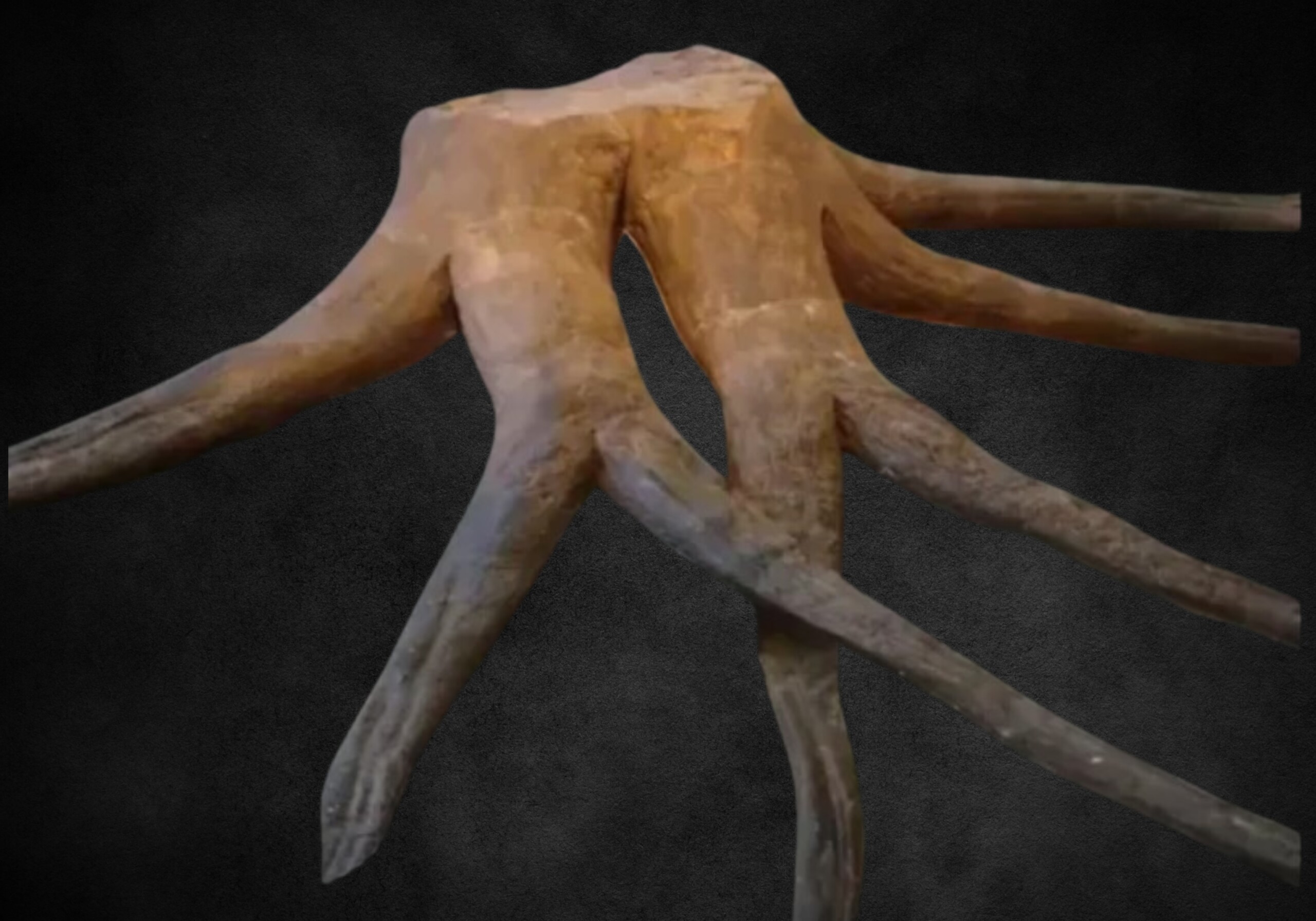
in Italiano / Italian translated by Isabella McNamara-Catalano
This object has been translated into 7 different languages by 5 different users
L’albero fossile di licopside del Manchester Museum, risalente a 300 milioni di anni fa, è uno dei più grandi al mondo. È esposto con orgoglio nella Galleria dei Fossili del museo sin dagli anni ’80.
È stato scoperto l’8 luglio 1886 a Clayton, vicino a Bradford, e descritto come il “più bello esemplare mai scoperto”. I curatori erano così entusiasti di vederlo che presero il treno da Manchester per andare a vederlo. C’è una foto del viaggio nell’archivio del museo!
Questa specie raggiungeva un’altezza di circa 30 metri e, sorprendentemente, è più strettamente imparentata con i muschi che vediamo oggi che con gli alberi attuali.
Do you have something you’d like to say, in your own language or English, about the object or translation? We’d like to hear what you think.
Translations are community-sourced and for anyone to participate in, however you use your language. For more information, see Community Guidelines.
Write a Reply or Comment